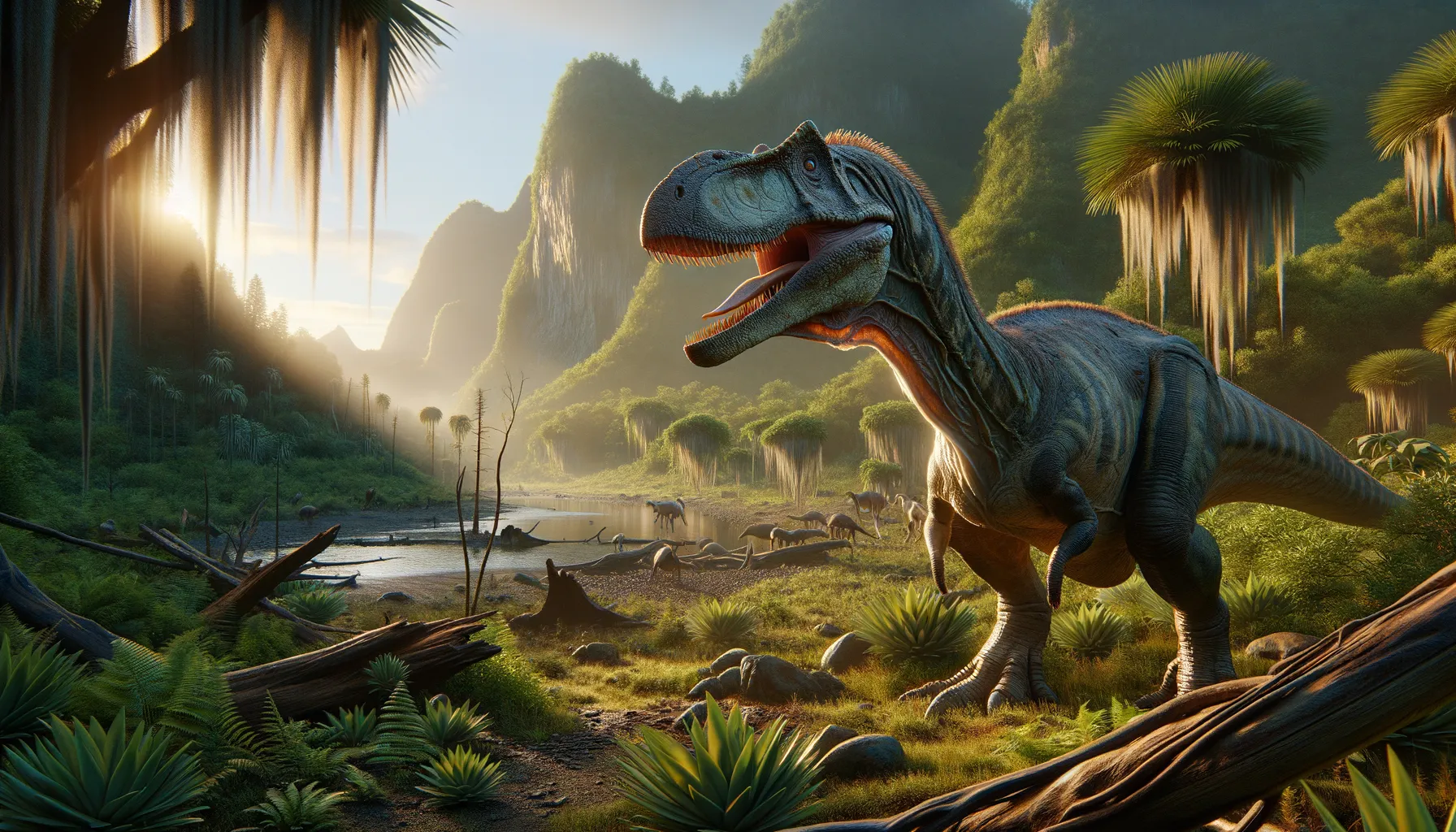
Eotrachodon
The dawn of the duck-billed age!
Period
Cretaceous
Length
Approximately 30 feet long.
Height
Around 9 feet at the hips.
Weight
About 3 tons, similar to a small elephant.
Eotrachodon was a duck-billed dinosaur that roamed what is now known as North America during the late Cretaceous period. As a herbivore, it thrived on lush vegetation and lived in herds for protection. Its name translates to 'dawn rough tooth,' highlighting its unique dental characteristics that provided advantages in feeding on tough plant materials.
Diet
Eotrachodon primarily fed on plants, making it a herbivore. It had specialized teeth that allowed it to efficiently grind down tough vegetation, which was abundant in its Cretaceous habitat. Its diet likely included ferns, conifers, and flowering plants.
Hunting
As a herbivore, Eotrachodon did not hunt other animals. Instead, it focused on finding the best spots to graze on vegetation. Its large size and potential group living may have provided protection from predators.
Environmental challenges
Eotrachodon faced environmental challenges such as changes in vegetation due to climate shifts. These changes could have impacted its food supply, requiring adaptation and migration to more fertile regions. Additionally, predation from larger carnivorous dinosaurs posed a constant threat, especially to younger or injured members of the herd.
Speed
Moderate, not built for high speeds.
Lifespan
Estimated to be several decades, common for dinosaurs.
First discovery
First discovered in Alabama, USA, in 2016.
Fun Facts
- Eotrachodon is known as the 'dawn rough tooth' due to its unique dental features.
- It was discovered in Alabama, providing valuable insights into the early evolution of hadrosaurid dinosaurs in North America.
- Eotrachodon lived about 85 million years ago during the Late Cretaceous period.
- This dinosaur is believed to be an ancestor of the duck-billed dinosaurs, a group known for their diversity and successful adaptation.
- The name Eotrachodon highlights its primitive characteristics compared to later duck-billed dinosaurs.
- Eotrachodon's discovery added evidence supporting the theory that duck-billed dinosaurs originated from southeastern North America.
- Its fossils include a nearly complete skull, which is a rare find for dinosaurs of its kind.
Growth and Development
Eotrachodon went through significant growth phases, starting as small hatchlings and gradually reaching their impressive full size. This growth was supported by a diet rich in nutrients derived from the diverse plant life of the Cretaceous period. Like other dinosaurs, it likely experienced rapid growth during its early years, slowing as it approached adulthood.
Habitat
Eotrachodon lived in areas that were rich in plant life, benefiting from the diverse environments of the late Cretaceous. These regions included floodplains and forested areas where water and vegetation were plentiful. Its habitat choice would have been critical for its diet and social behavior, potentially influencing herd movement patterns.
Interaction with other species
Eotrachodon likely shared its environment with a variety of other dinosaur species, including predators. Its interactions with other herbivores might have ranged from competition for food to potential symbiotic relationships in protecting against predators. It relied on its herd for social interaction and safety, using numbers as a defense strategy.
Natural lifespan
Its natural lifespan could extend up to 30 years, typical for large dinosaurs.
Reproduction
Eotrachodon reproduced by laying eggs, like most dinosaurs. Nesting sites were likely carefully chosen to shield eggs from predators and environmental hazards. Parental care may have been provided, at least in the early stages after hatching, to ensure the survival of the young in a dangerous world.
Social behaviour
Eotrachodon is believed to have lived in herds, which provided protection and facilitated feeding. Social structures within these groups might have been complex, with possible hierarchies or roles among herd members. Group dynamics would have been crucial for managing threats from predators.
Fossil locations
Fossils of Eotrachodon have primarily been found in Alabama, providing insights into its regional presence. The discovery in North America emphasizes the spread of duck-billed dinosaurs across the continent during the Cretaceous period. Each fossil found adds valuable data to understanding its life and environment.
